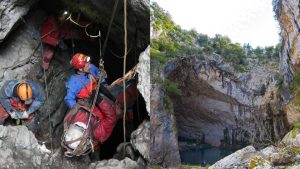Rare Photos Showing San Francisco In The 1960s
San Francisco was an important city on the west coast long before the 1960s, but it was during this decade that the city by the bay acquired a nearly mythical status.
While the decade started out quietly, it quickly grew to a fever pitch thanks to the countercultural movement that emerged in San Francisco’s Haight-Ashbury District. This all culminated, of course, in 1967’s Summer of Love.
The vistas were iconic.
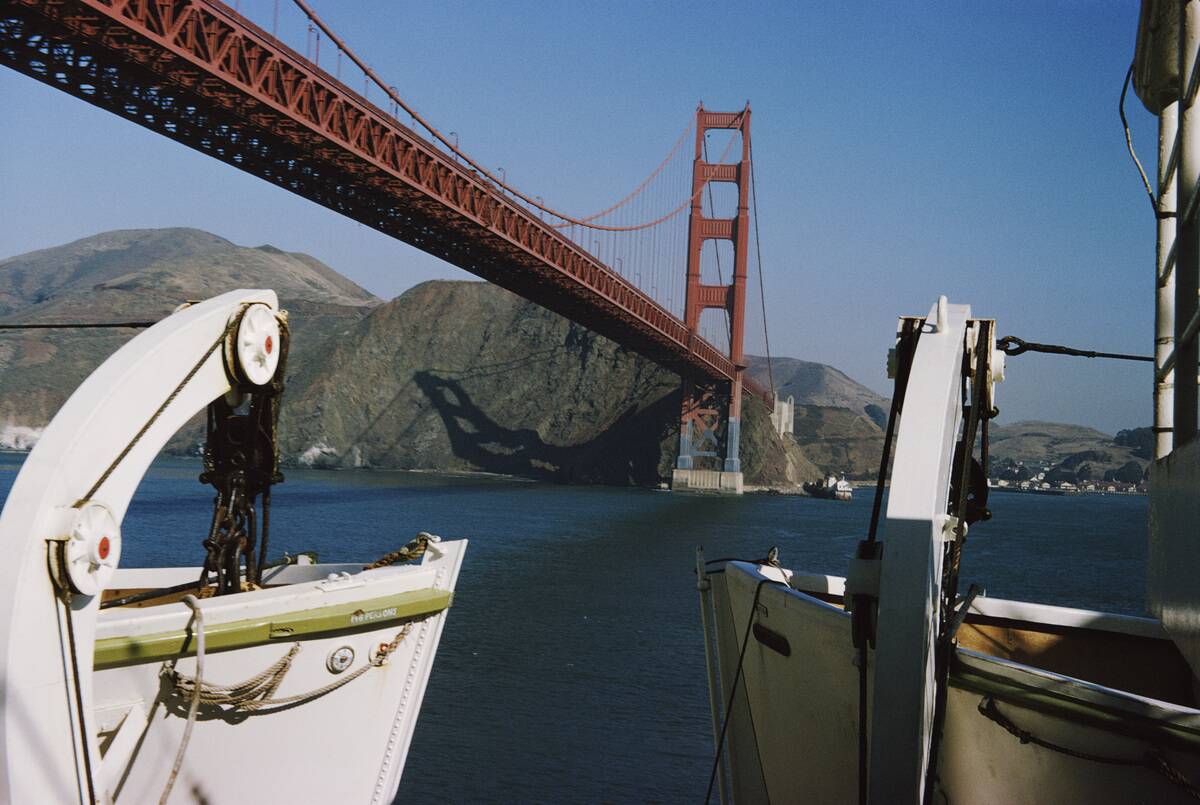
San Francisco was, in many ways, a very different looking place in the 1960s – but one aspect that was unchanged between that era and the present day is the iconic Golden Gate Bridge.
As the city flourished both culturally and socially during the decade, the bridge was often prominently featured in photographs, films, and television.
Hippies flocked to the city.
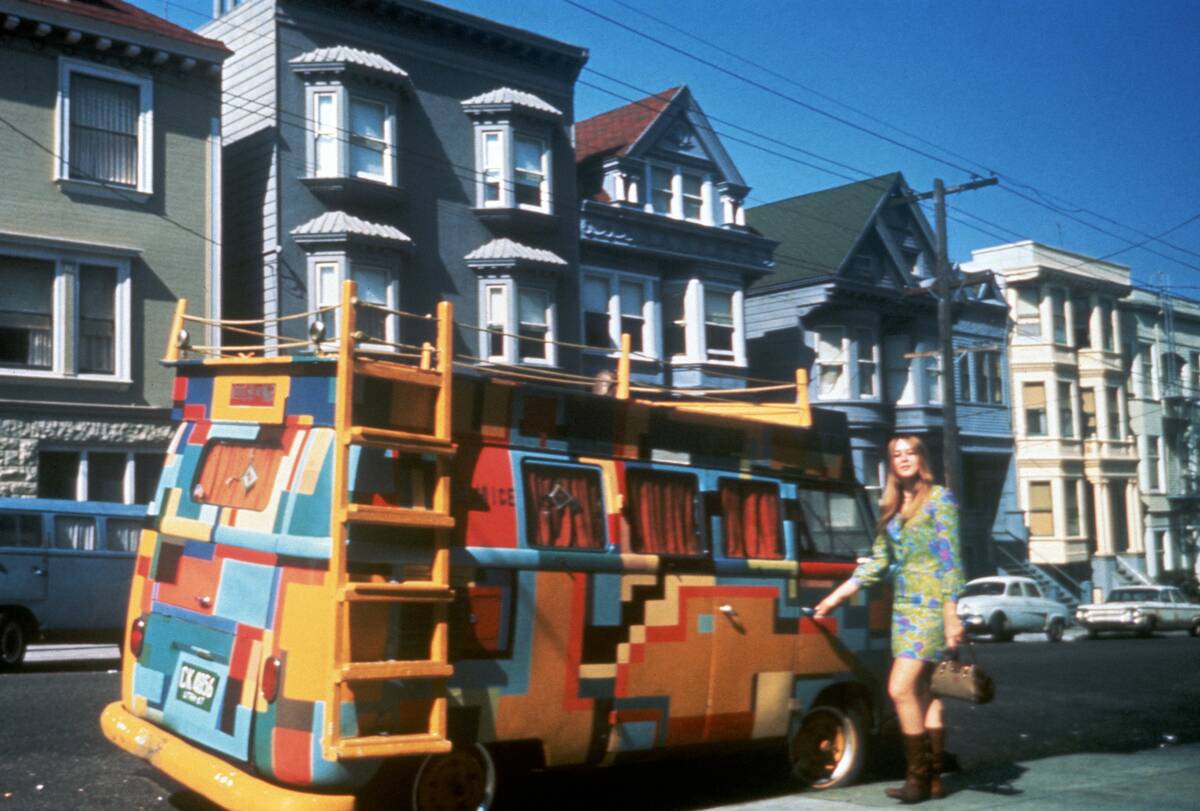
Colorful hippie vans, like the one seen above, became almost synonymous with San Francisco during this era. These colorful vans represented the free-spirited and nomadic lifestyle of the hippie movement.
This photo was taken in the Haight-Ashbury District, an area where colorful hippie vans were a frequent presence in the 1960s – as well as today.
Kodachrome photos capture a warm optimism.
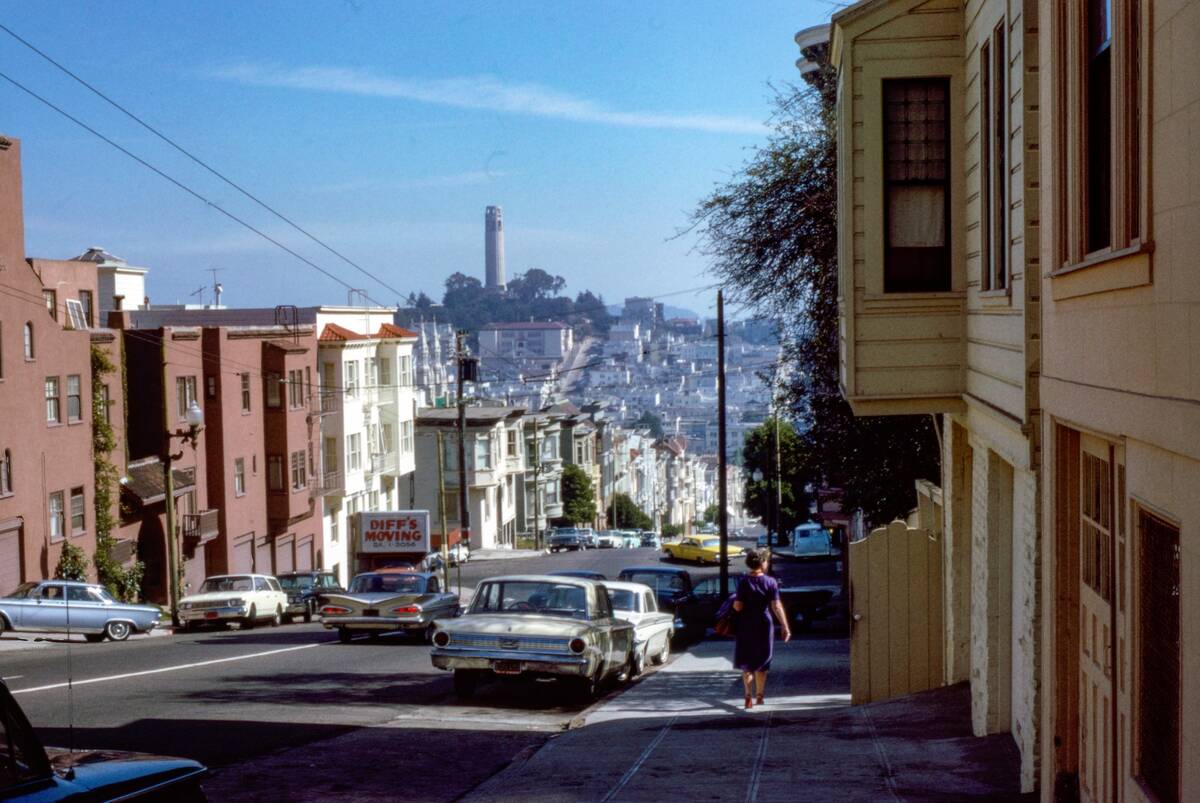
This 1962 photo, which shows a woman walking down the street on a sunny day with Coit Tower in the distance, captures the optimism of California in the postwar years.
Images like this show a glimpse of 1960s San Francisco that’s often overlooked: the early years of the decade, before the hippie aesthetic dominated the city.
The early ’60s were a different time.
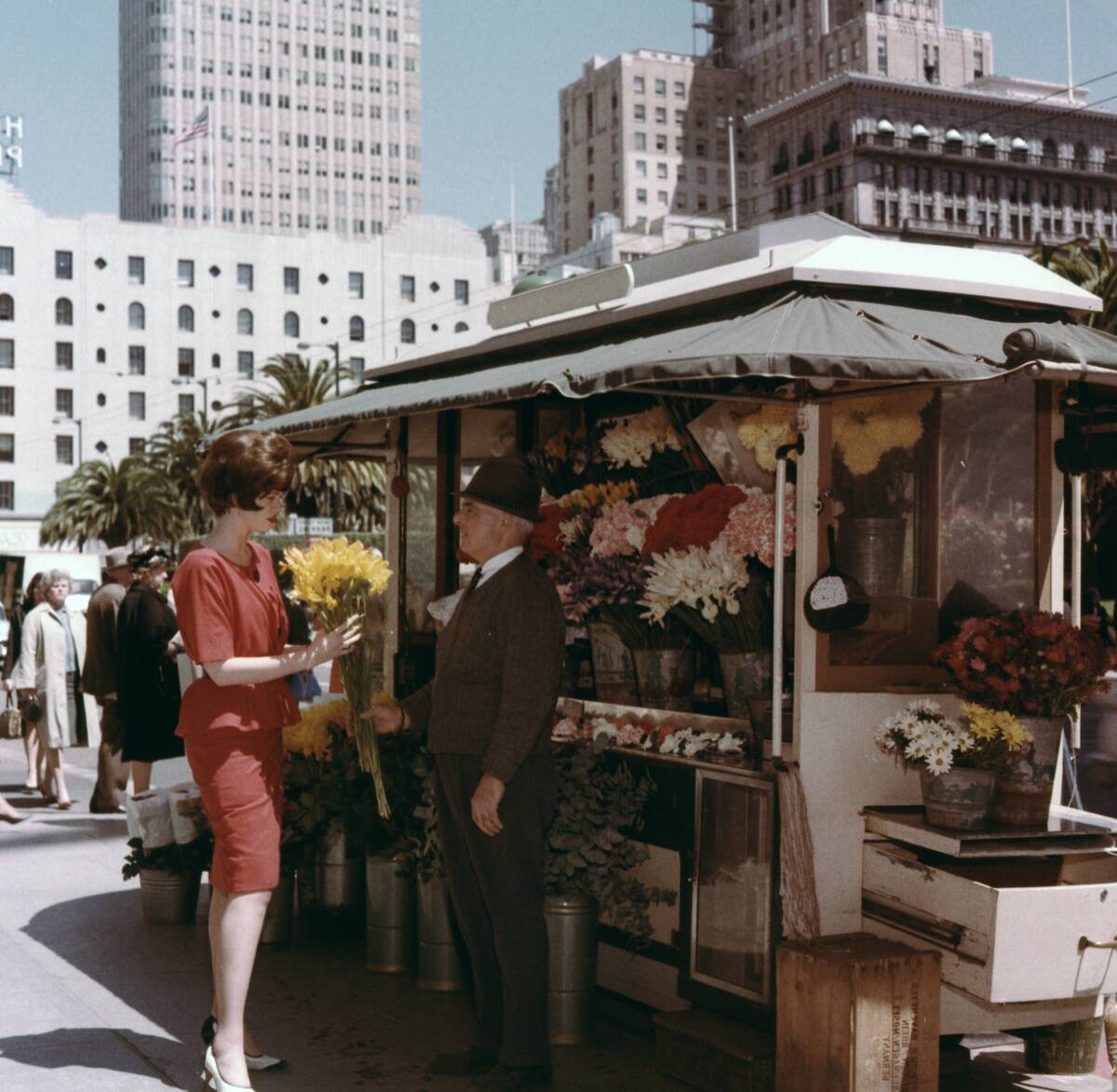
This 1960 image of a woman buying flowers on a sunny day is worlds removed from the hippie aesthetics that would come to dominate later in the decade.
While the hippies weren’t yet there in full force, the early ’60s were a time in which the first stirrings of San Francisco’s countercultural movement became evident.
Chinatown was always busy.

Beginning in the 19th century, San Francisco’s Chinatown was a dynamic cultural hub for the region’s large Chinese-American population.
Of course, the countercultural spirit of the era touched Chinatown as well, as the area saw a rise in political activism thanks to groups like the Chinese American Citizens Alliance.
Golden Gate Park was a focal point.
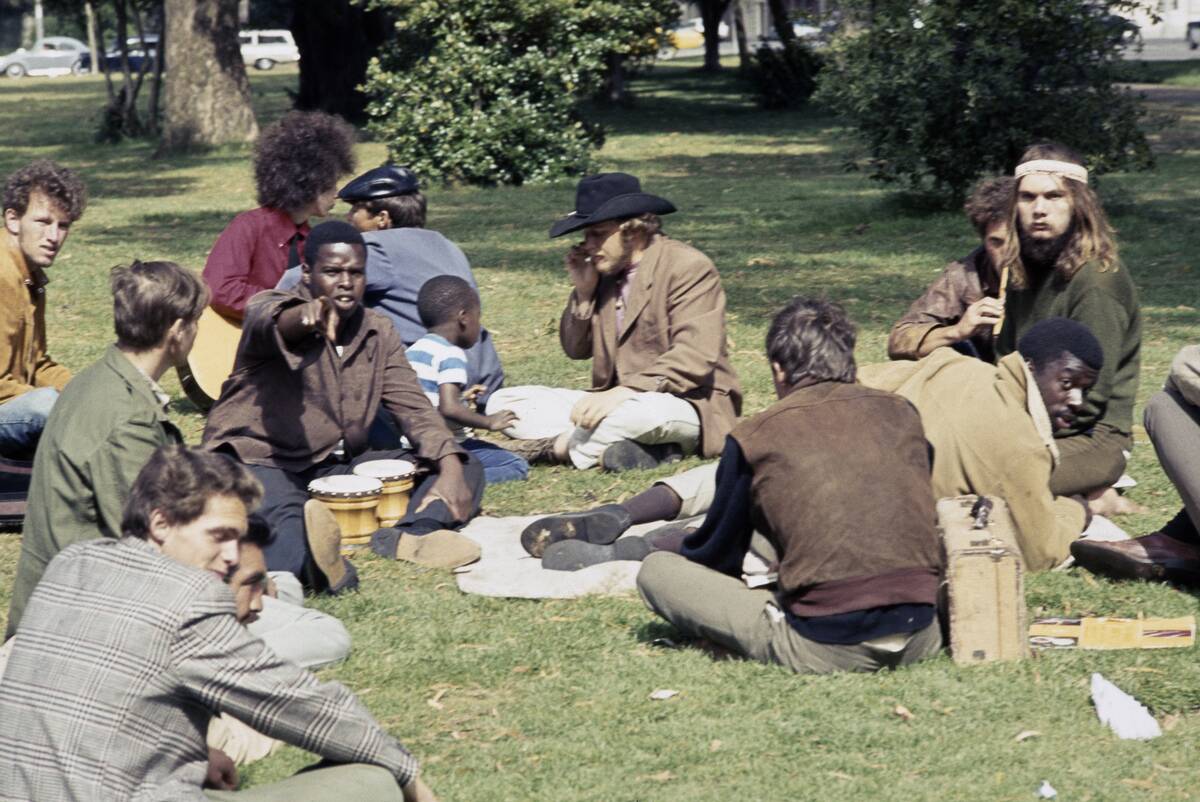
This photo was taken in 1967 at Golden Gate Park, which means it was taken during the peak of the Summer of Love, in an area that could be regarded as its capital.
As one of the largest urban parks in the world, Golden Gate Park hosted music festivals, protest gatherings, and various artistic performances and debates.
Haight-Ashbury became famous.
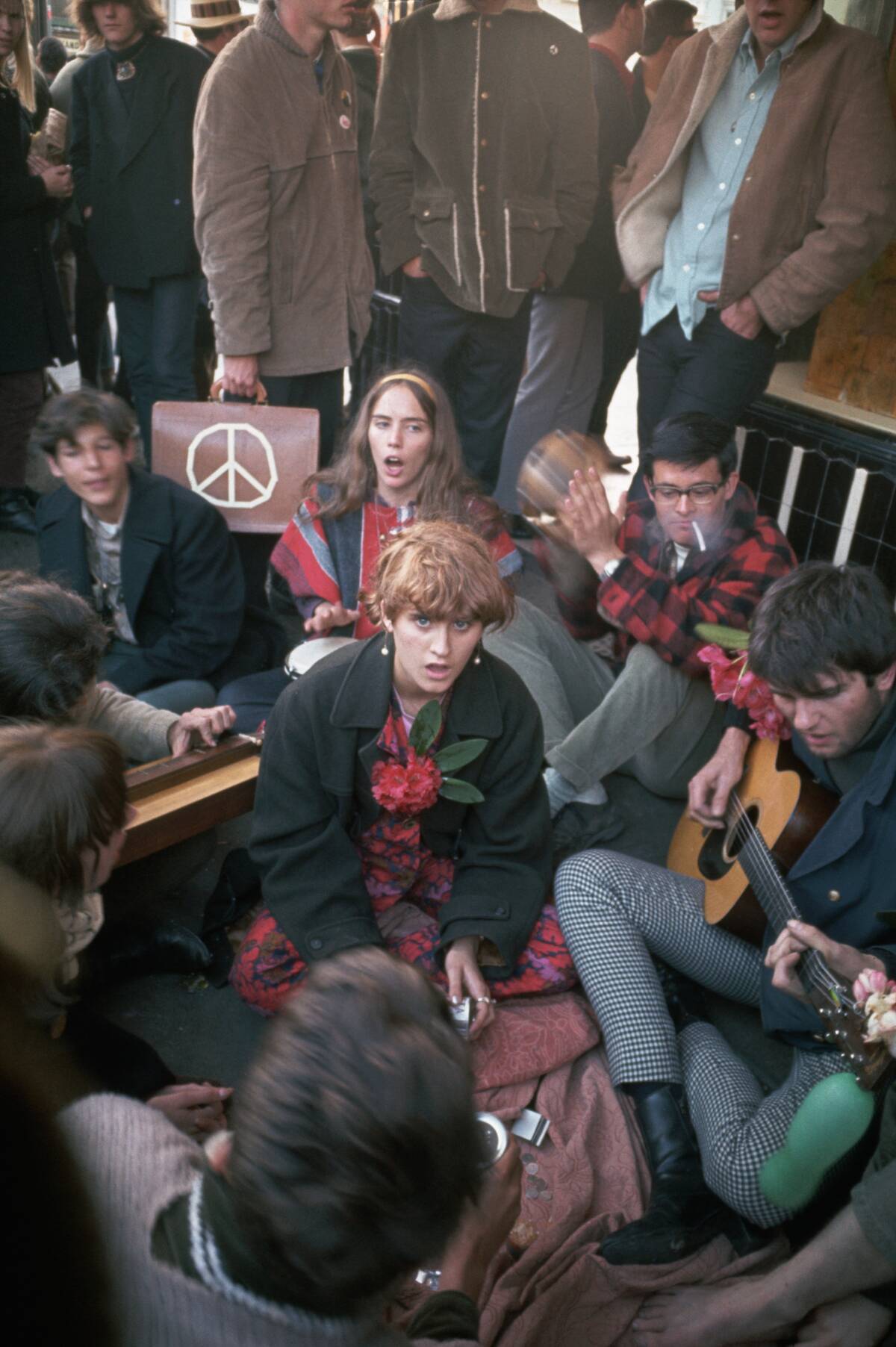
Seen as one of the birthplaces of the hippie movement, the Haight-Ashbury neighborhood drew thousands of young people to San Francisco in the 1960s.
By 1967’s Summer of Love, the area was overflowing with music, art, and political activism. The influx of new people led to overcrowding and social challenges in time.
Free love was an ethos.
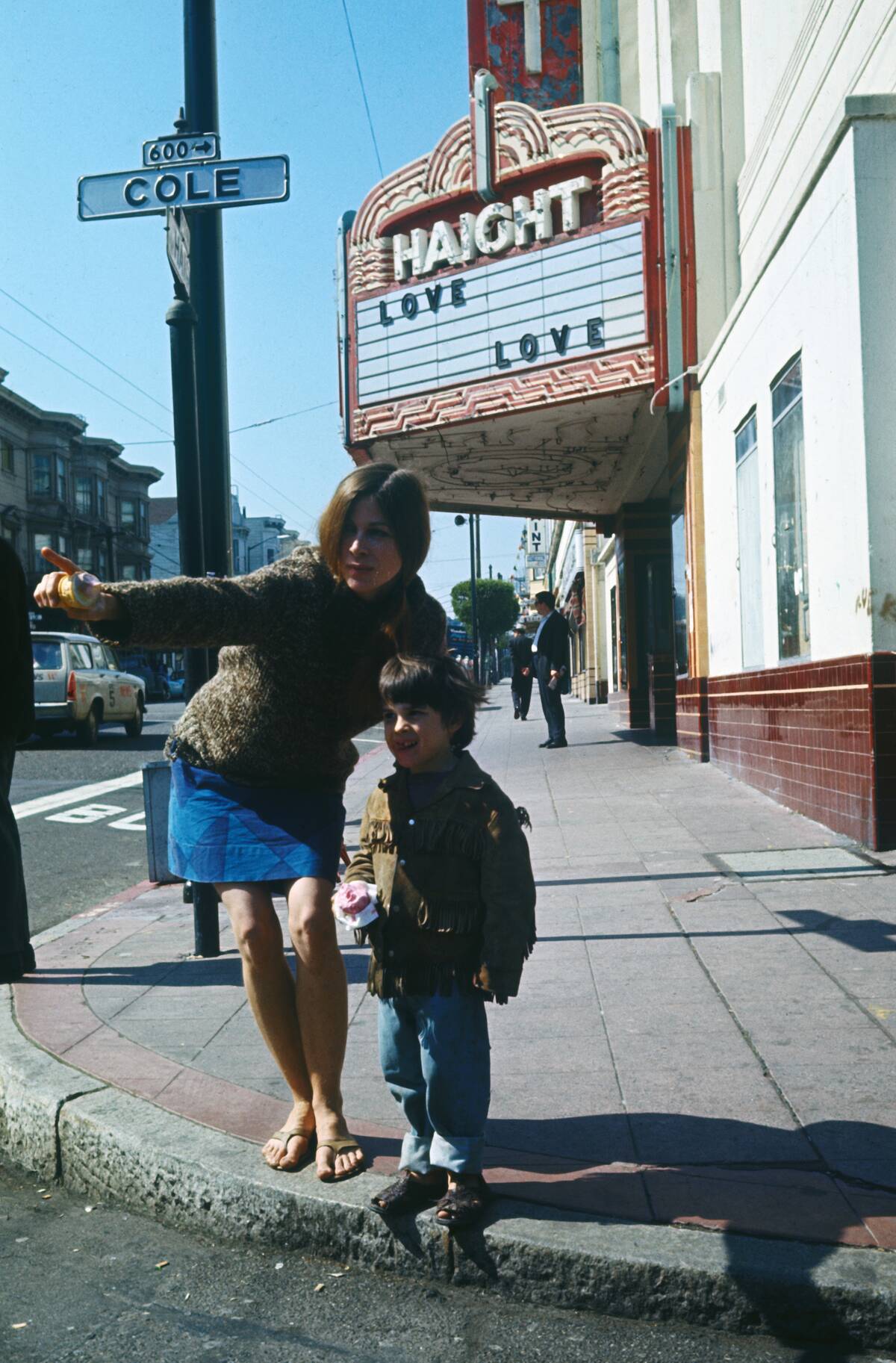
The fact that this marquee in the Haight-Ashbury reads simply “Love” (twice) is emblematic of an era in which traditional values were eschewed for free love.
The movement challenged the dominant norms of the time, and encompassed personal freedom and liberation, along with emotional authenticity.
Parks offered a refuge from urban life.

Part of the appeal of San Francisco to the hippie movement may have had to do with the city’s numerous parks.
Golden Gate Park is an impressively vast space, full of meadows, wooded groves, and lush lawns – all comfortably within the city limits.
The Grateful Dead defined the era.

A cornerstone of San Francisco’s 1960s music scene, the Grateful Dead blended rock, folk, and blues into one heady, psychedelic mix that resonated with young people.
The band also owed some of its popularity to its willingness to play free shows all over the city, which helped to embed them into the local scene.
It took awhile for the hippies to arrive.
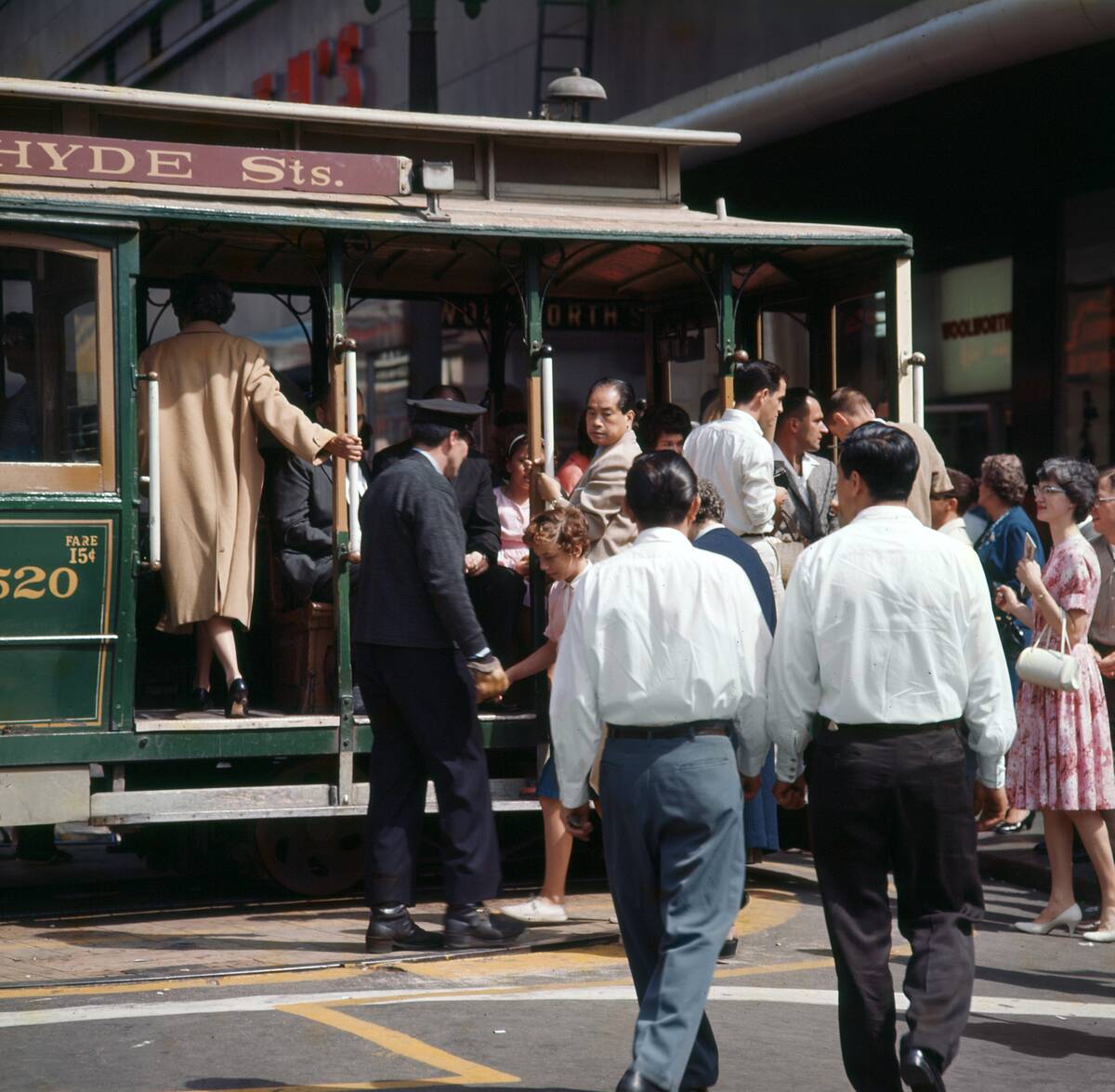
This photo of a crowded cable car scene was taken in 1963, but based on the style of dress, it could be from 1953 – or even 1943.
That’s because the buttoned-down norms of postwar America were still dominant in San Francisco during the early years of the decade. It’s hard to believe that the Summer of Love occurred just four years after this photo was taken.
Haight-Ashbury wasn’t the only notable district.
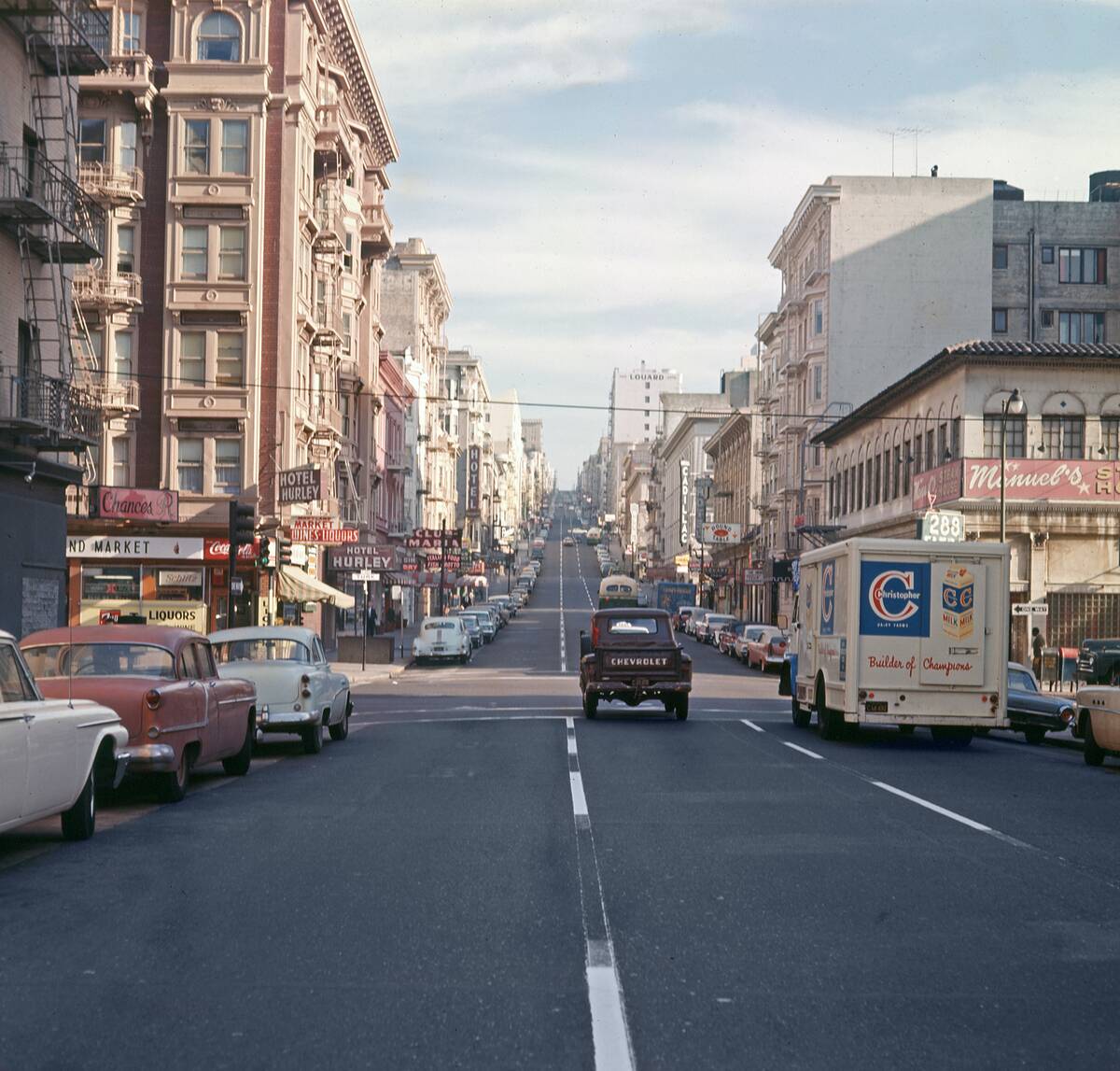
The Tenderloin District carried a rougher edge than Haight-Ashbury, with a gritty character. While it was often associated with poverty and crime, it was also a haven for marginalized communities.
The area is seen as a crucial center for social activism, community support, and early LGBTQ+ organizing – a role that would only grow in the years to come.
The city still welcomed the establishment.
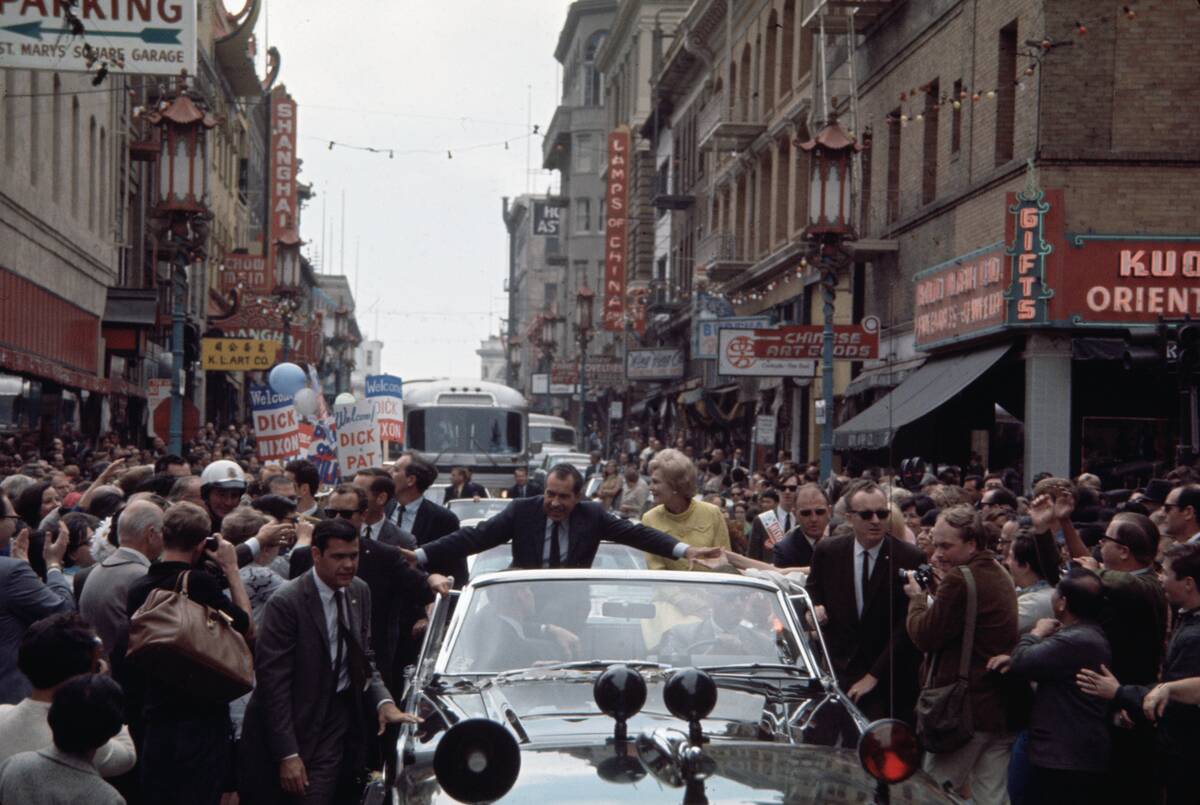
San Francisco in the late 1960s could be seen as a tale of two cities, as the vibrant hippie scene clashed with the more conservative business set.
This was on full display as presidential hopeful Richard Nixon toured the city in the late ’60s. Nixon’s tough-on-crime platform clearly resonated with many of San Francisco’s residents.
Cable cars have always been iconic.
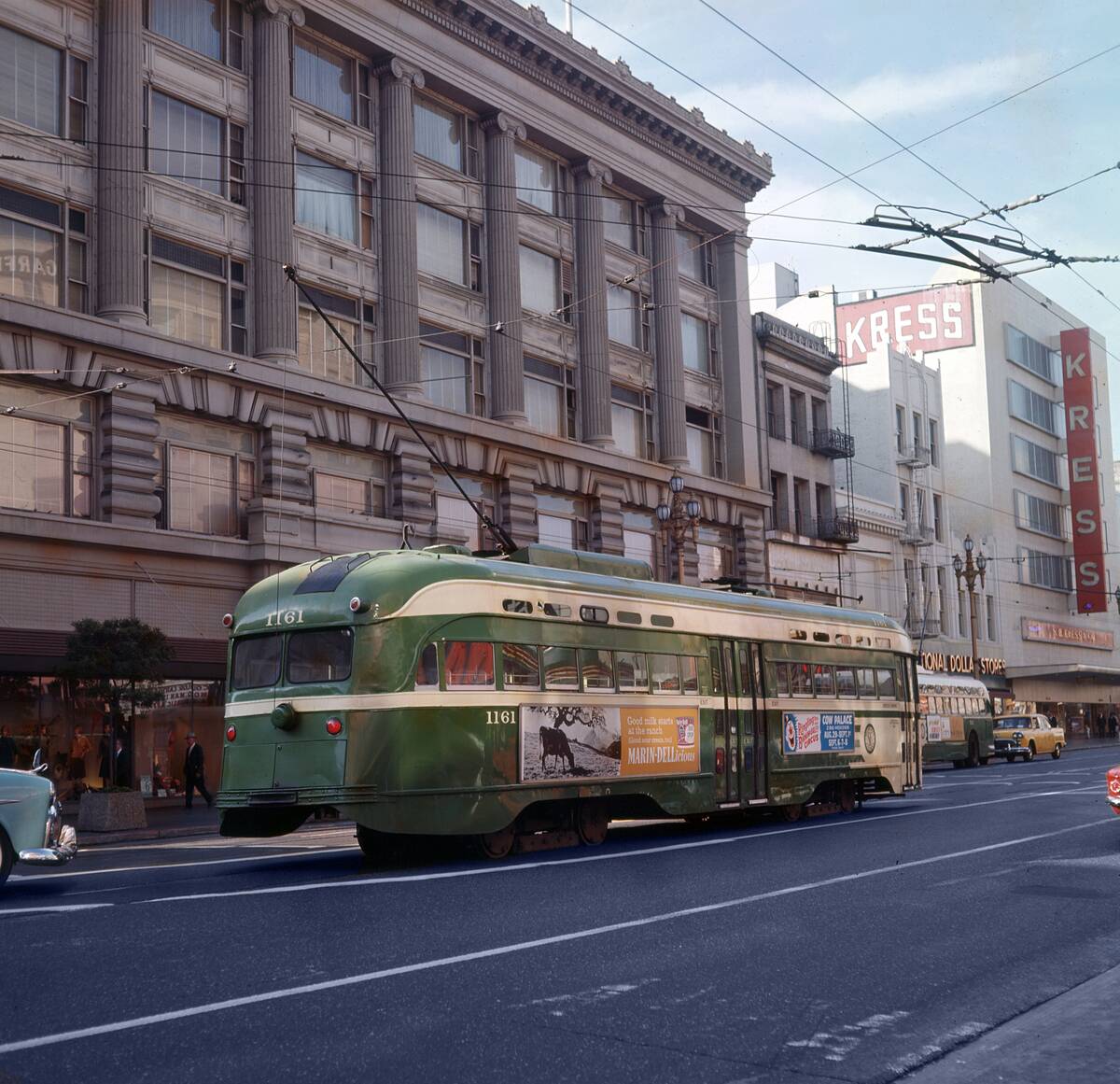
Cable cars have been a feature of San Francisco for generations. Originally necessitated by the city’s steep hills, they provide not just transportation but also serve as a symbol of the Bay Area.
In 1964, civic leaders fought to save the system by preserving San Francisco’s cable cars as a National Historic Landmark.
Janis Joplin symbolized an era.
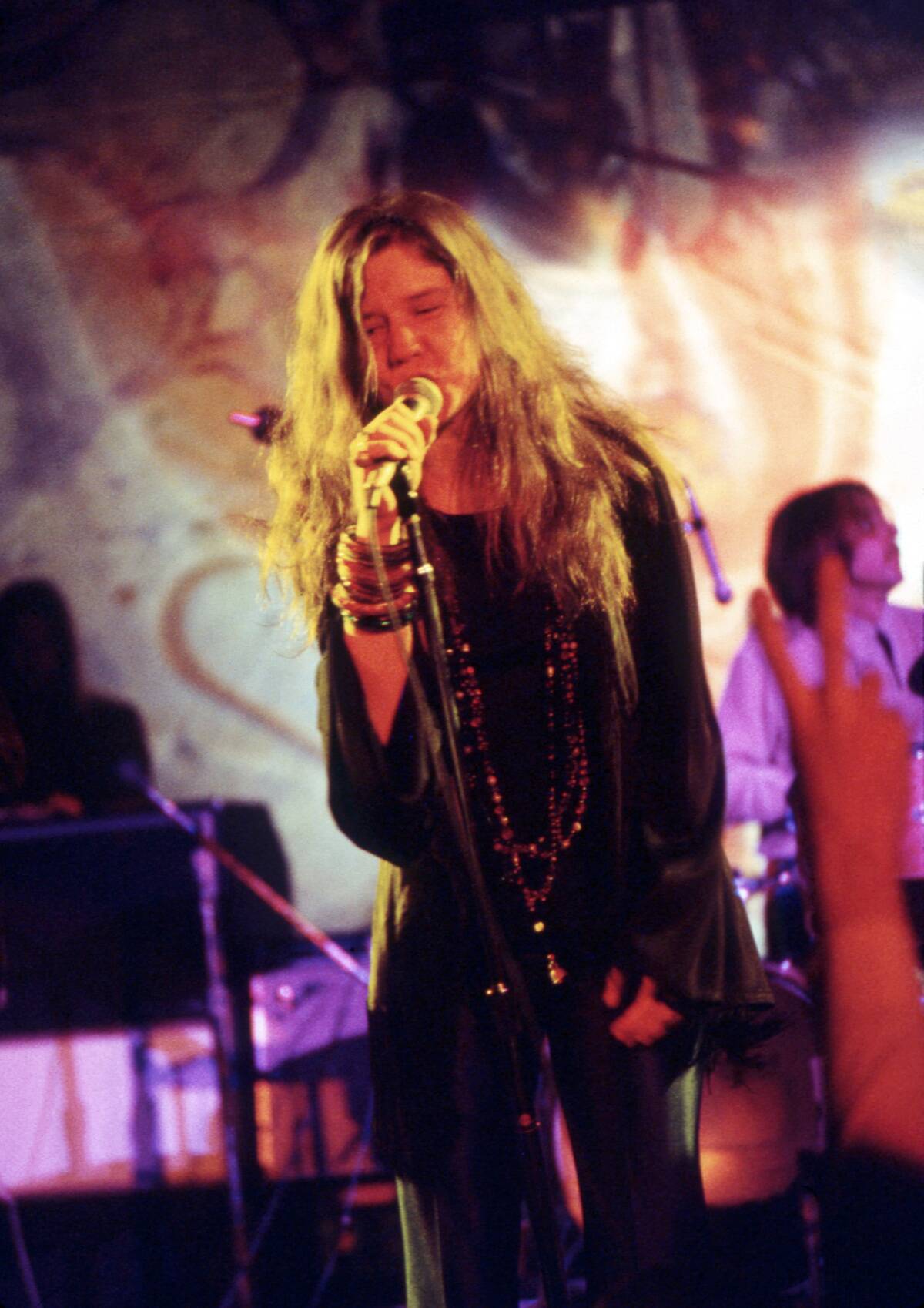
One of the most iconic and enduring voices in music history, Janis Joplin was deeply embedded in San Francisco’s music scene during the late 1960s.
Joplin was known for performing at various San Francisco venues during this time like the Fillmore and Avalon Ballroom, captivating audiences with her gritty, raw vocal style.
It was the final decade for Alcatraz as a prison.
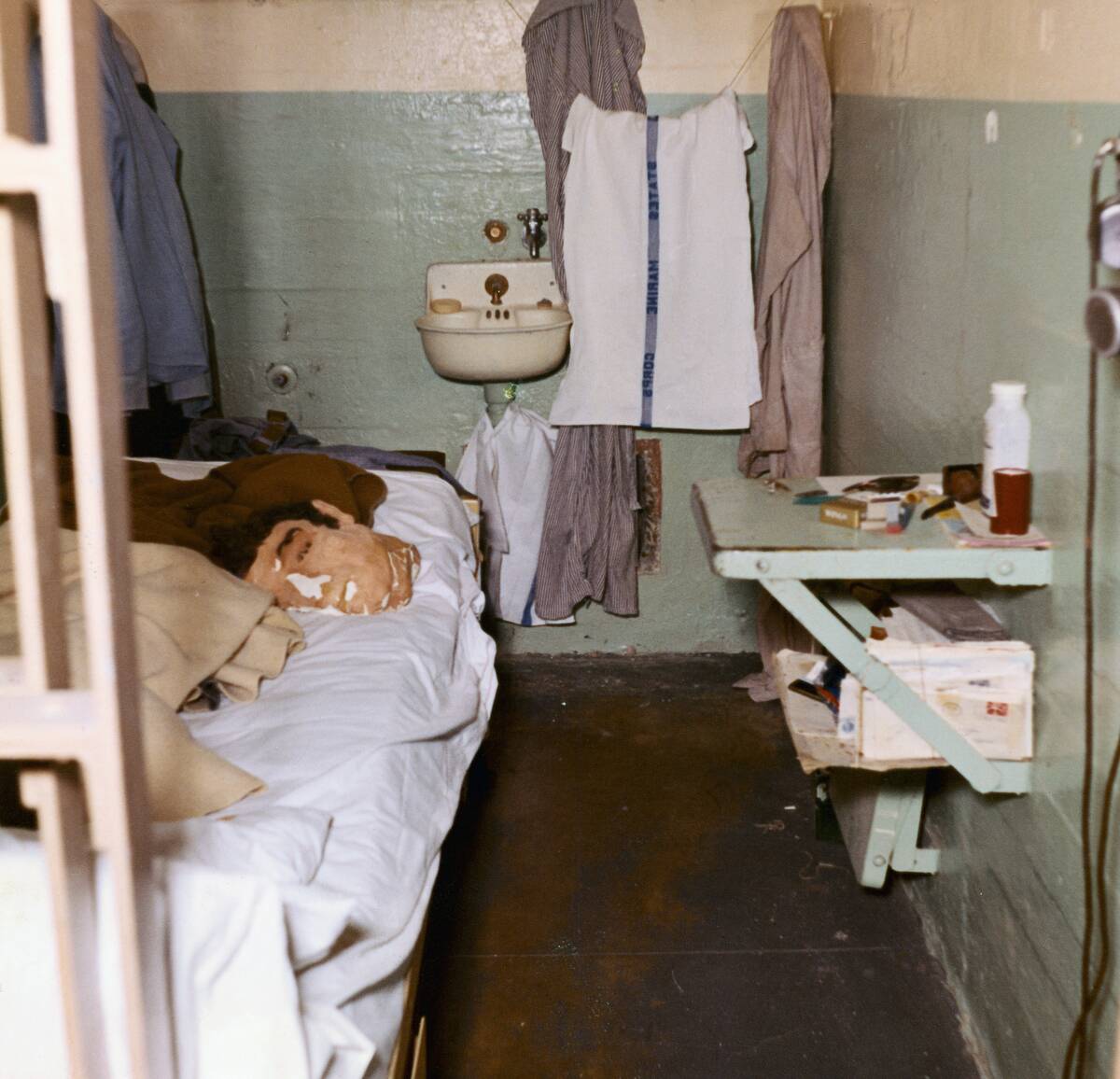
This photo shows the dummy heads used by Alcatraz inmates to escape the prison in 1962. While authorities insist the inmates drowned, no proof was discovered – and the escape likely contributed to the closure of the prison a short time later.
This marked the end of Alcatraz as a prison, and the beginning of Alcatraz as a tourist attraction. Visitors can view the escapees’ cell to this day.
The Fab Four touched down in the Bay.
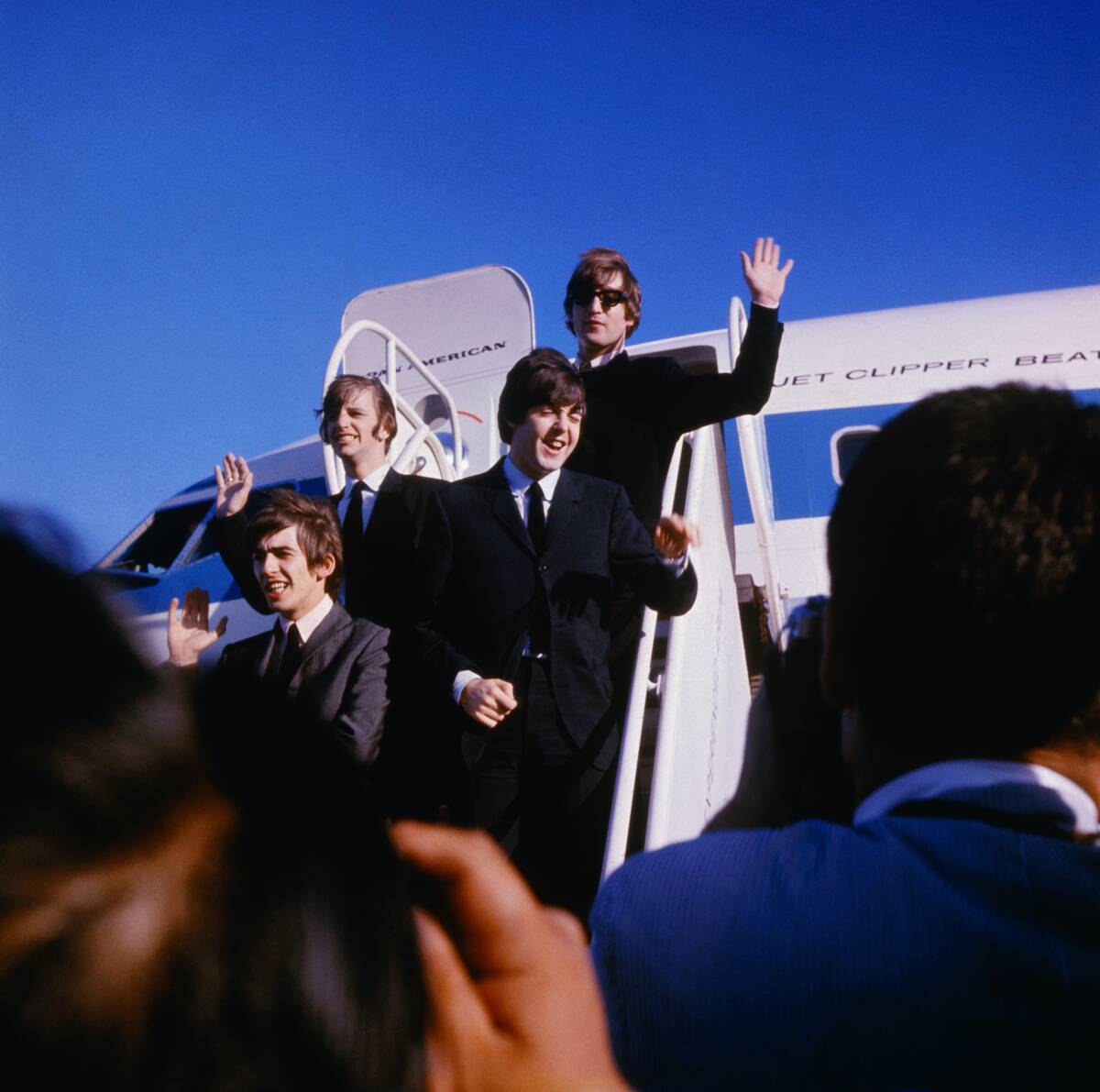
The Beatles performed in major American cities during their run in the ’60s, and their two main shows in the Bay Area – at the Cow Palace in 1964 and Candlestick Park in 1966 – were big events.
In fact, their 1966 show was noteworthy for being the Beatles’ final paid concert before becoming a studio-only band.
The colorful hippie aesthetic was iconic.
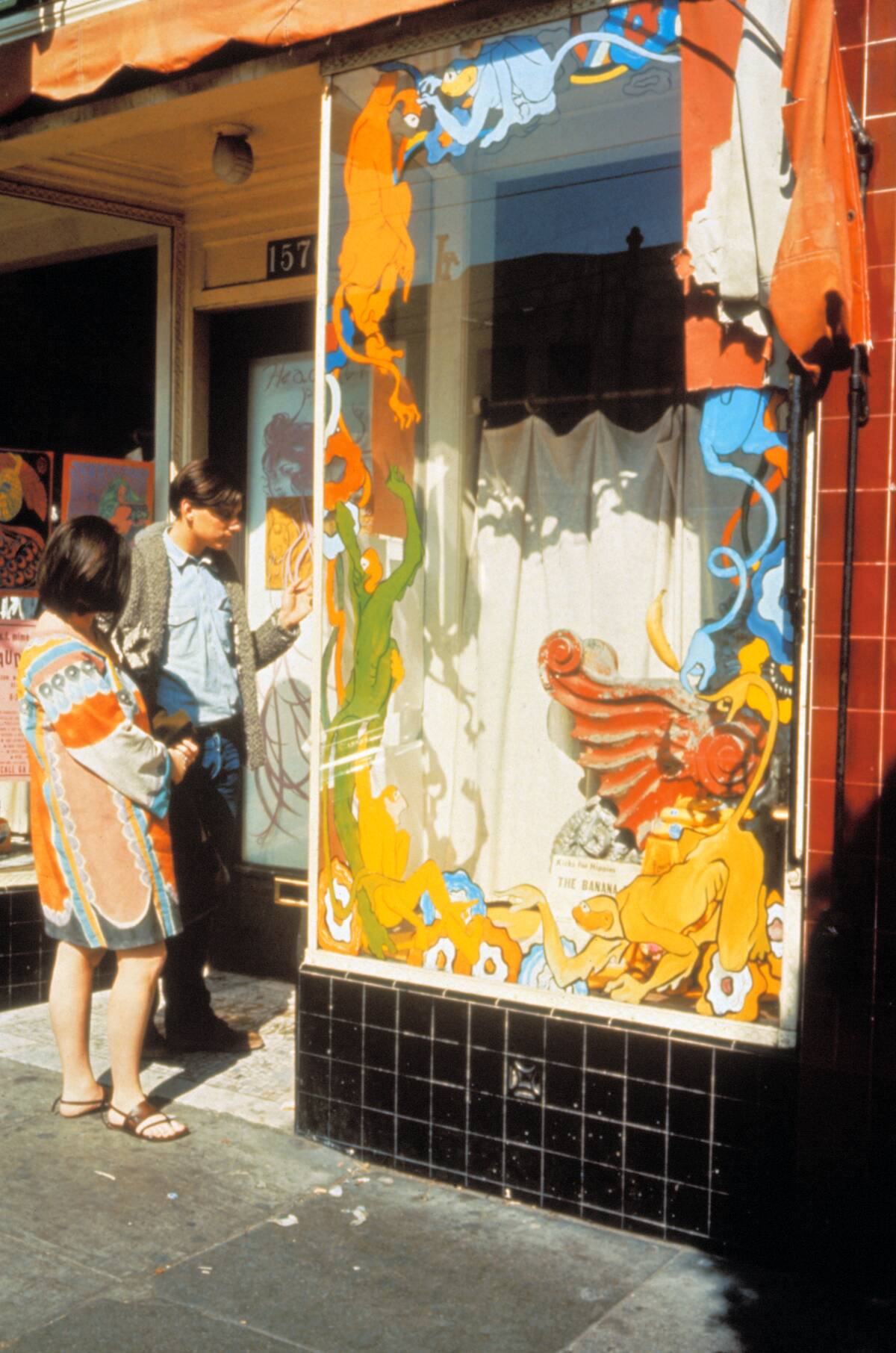
From brightly-painted vans to vivid clothes to storefront displays like this, the hippie aesthetic favored bold colors and psychedelic designs.
Clothes were often hand-made or altered, and trended towards comfortable, less formal wear than the garb favored by previous generations.
It was a hub for debate.
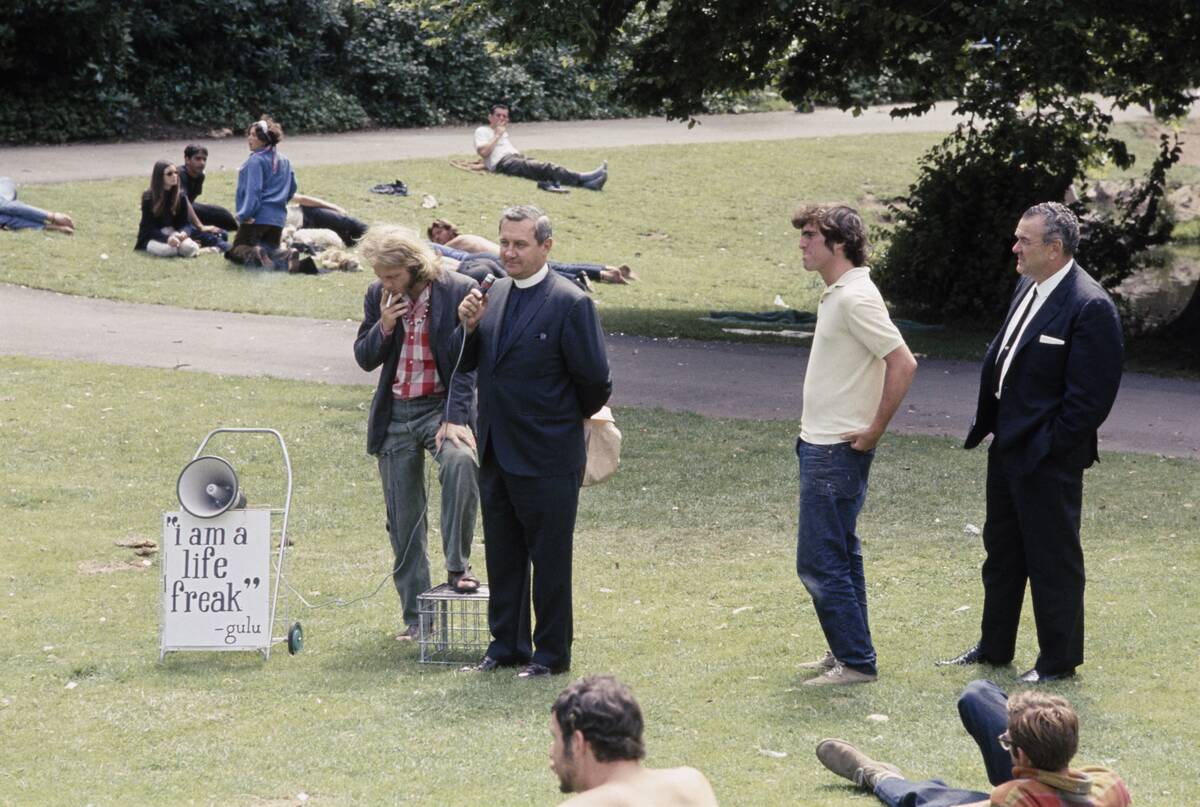
This image of a clergymen making his case during the Summer of Love in Golden Gate Park demonstrates the open exchange of ideas that was a hallmark of the hippie era.
While some events were planned in advance, debates and other public spectacles often occurred entirely spontaneously.
It’s a bygone era that still resonates today.

There’s a poignant aspect to looking back at photos of San Francisco in the 1960s, as the magic of the Summer of Love was a singular event that cannot be recaptured.
While the 1960s are long gone, this pivotal era helped shape San Francisco’s image in the decades to come. To this day, visitors can find drum circles in Golden Gate Park, or hippie vans in the Haight-Ashbury, to get a glimpse of this era.




